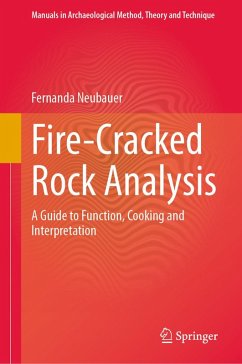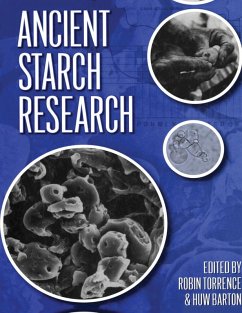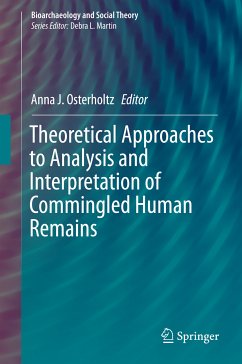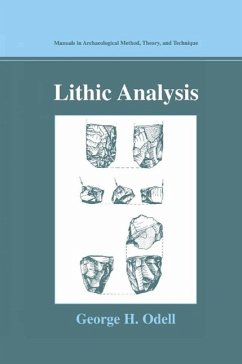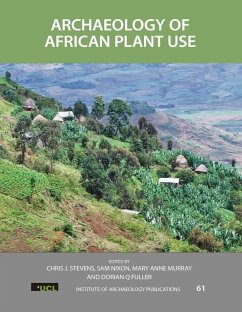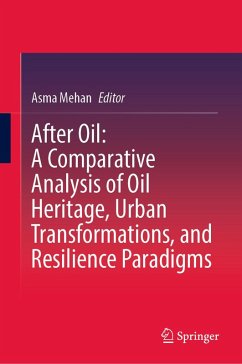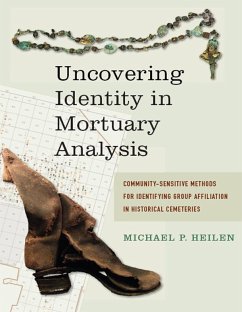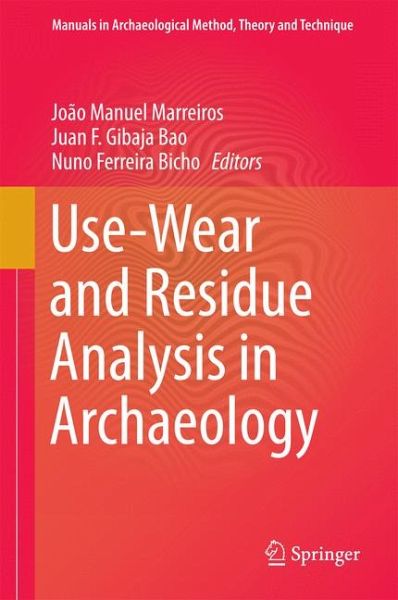
Use-Wear and Residue Analysis in Archaeology (eBook, PDF)
Versandkostenfrei!
Sofort per Download lieferbar
60,95 €
inkl. MwSt.
Weitere Ausgaben:

PAYBACK Punkte
30 °P sammeln!
This book is designed to act as a readily accessible guide to different methods and techniques of use-wear and residue analysis and therefore includes a wide range of different and complementary essential topics: experimental tests, observation and record methods and techniques and the interpretation of a diversity of tool types and worked raw materials. The onset of use-wear studies was marked by the development of theory, method and techniques in order to infer prehistoric tools functionality and, therefore, understand human technological, social and cultural behavior. The last decade of fun...
This book is designed to act as a readily accessible guide to different methods and techniques of use-wear and residue analysis and therefore includes a wide range of different and complementary essential topics: experimental tests, observation and record methods and techniques and the interpretation of a diversity of tool types and worked raw materials. The onset of use-wear studies was marked by the development of theory, method and techniques in order to infer prehistoric tools functionality and, therefore, understand human technological, social and cultural behavior. The last decade of functional studies, use-wear and residue analysis have been aimed at the observation, recording and interpretation of different activities and worked materials found on archaeological tools made on different types of organic and non-organic materials. This international group of contributions will be fundamental for all researchers and students of the discipline.
Dieser Download kann aus rechtlichen Gründen nur mit Rechnungsadresse in A, B, BG, CY, CZ, D, DK, EW, E, FIN, F, GR, HR, H, IRL, I, LT, L, LR, M, NL, PL, P, R, S, SLO, SK ausgeliefert werden.




